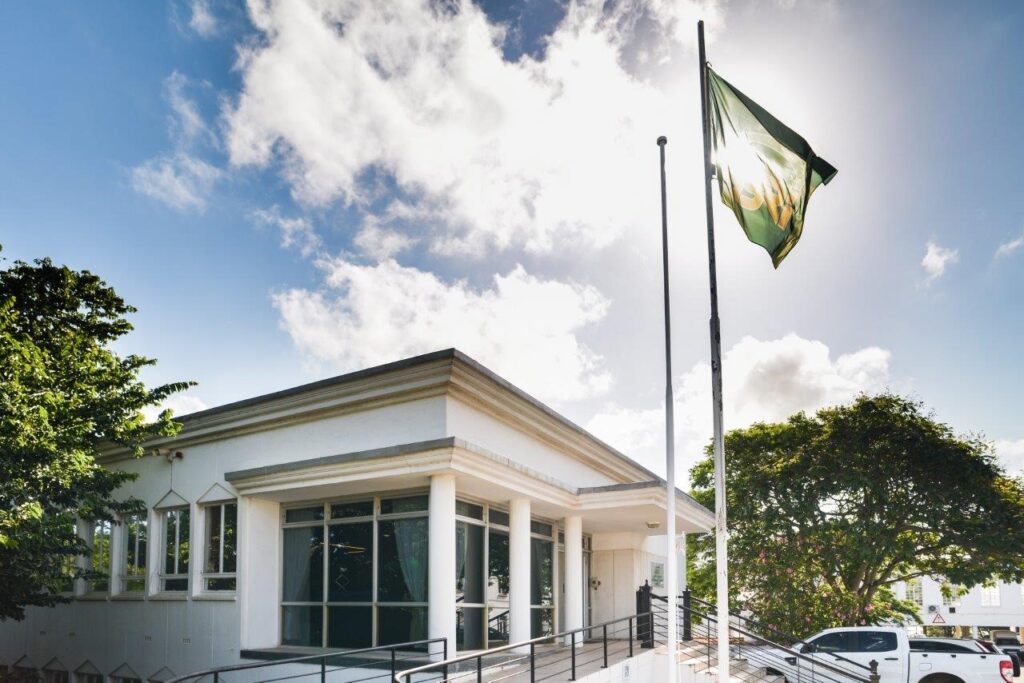Director’s Message
Greetings to all our growers, millers and readers of this edition of The Link at the start of the New Year, 2025. As many of you know, our summer period coincides, in many instances, with heavy rainfall and hot temperatures. During the current season, many sugarcane growing areas of South Africa have experienced both hot, dry temperatures in November/December and very wet, warm conditions in late December to mid-January. Climate variations have both short-term and long-term implications for sugarcane farming. In the long-term, climate variations, often accompanied by shifting patterns of rainfall and heat, are likely to impact the selection of varieties suitable for growth in different areas. Such varieties need to be resilient to various stress conditions to ensure production and productivity, particularly as this influences sugar content in the crop.
‘Abiotic stress’ refers to various physiological stresses that subject plants to environmental conditions that limit plant growth, development, reproduction, and crop productivity. Like any plant, sugarcane is subject to abiotic stress and responds accordingly where possible. The sugarcane crop requires a relatively high water supply and moderate temperatures for productive growth. In the event of abiotic stress, growers will notice crops with lower growth and increased susceptibility to diseases, resulting in reduced sugar content. Accordingly, it’s important to ensure growers utilise varieties that are efficient and effective in their interaction with the target production environment. A good understanding of the potential to respond to prevailing growth-limiting conditions is essential for commercial growers to cultivate varieties with acceptable yields under stress conditions. Crop nutrient availability, particularly soil health, mitigates abiotic stress impacts to growth.
Although there are multiple conditions for stress in sugarcane growth and productivity, in this edition we focus on diseases and heat. Diseases such as ratoon stunt (RSD) present limitations to growth and productivity of sugarcane under various environmental conditions. Growers are encouraged to obtain insights presented by SASRI researchers on RSD, and adopt effective control measures to improve the productivity of their crops.
As indicated earlier, climate impacts experienced through heat elicit plant growth adaptation responses. Often, high temperature conditions are linked with water-deficit environments. Thus, an understanding of the soil-plant-atmosphere-continuum is essential to understand adaptation to heat stress. Growers need to cultivate varieties that are most suitable for growing optimally under heat stress to mitigate productivity losses. In this edition, researchers at SASRI present insights on the impact of heat stress on sugarcane growth and productivity.
100 years of growing sugarcane and research
 This year marks a period of 100 years of research and development on sugarcane at SASRI. The establishment of the sugar experiment station a century ago was crucial for the growth and development of the sugar industry. This year, 2025, SASRI celebrates the development of innovations, technologies and other scientific solutions that have sustained the growth and competitiveness of the sugar industry since it was established.
This year marks a period of 100 years of research and development on sugarcane at SASRI. The establishment of the sugar experiment station a century ago was crucial for the growth and development of the sugar industry. This year, 2025, SASRI celebrates the development of innovations, technologies and other scientific solutions that have sustained the growth and competitiveness of the sugar industry since it was established.
During this period, growers were provided with varieties that enabled the resilience of the sugarcane crop under various conditions such as disease infestation, pests, heat-stress, drought, frost and floods, among others. In many instances solutions were the result of investments and active scientific inquiry, through research collaboration conducted by the SASRI. For example, many sugarcane varieties that sustain our growers were released for cultivation under targeted growing conditions for optimal productivity. Technologies such as DNA fingerprinting, soil analysis, sugar content analysis, plant breeding by genotyping, genomics, phenomics, crop ripening, digital (smart) agriculture and use of drones were introduced in the South African sugarcane growing areas. Throughout the century, growers were provided with the technologies, data, information and various decision support tools to enable optimal and sustainable sugarcane farming.
We have declared 2025 the centenary year of the South African Sugarcane Research Institute. Through this declaration we recognise the achievements, challenges and contributions of research and development in sugarcane over the years and into the future. We therefore invite all interested stakeholders to celebrate with the SASRI in various ways.
The Link is a short newsletter that provides advice on key aspects for sustainable sugarcane production and productivity. We hope you will gain insights from these articles, gather additional information, especially from the experts at SASRI, and apply such knowledge in your farming practices. We hope you enjoy reading these articles.

